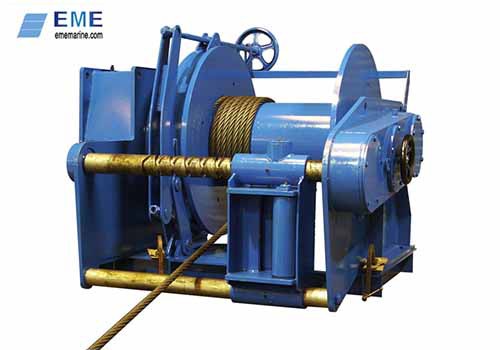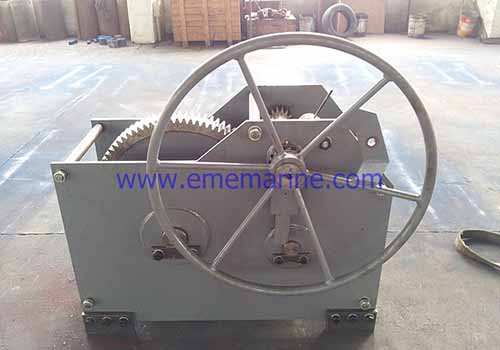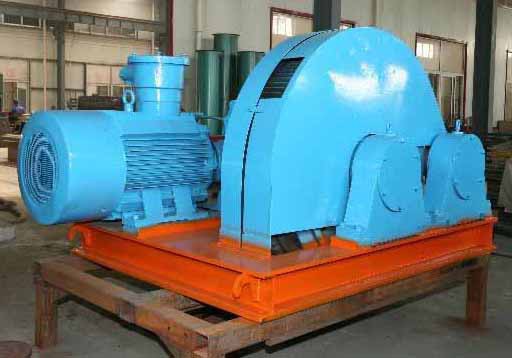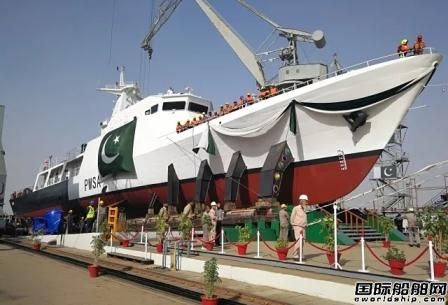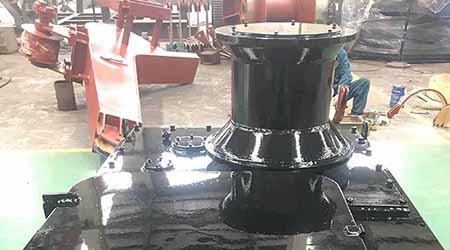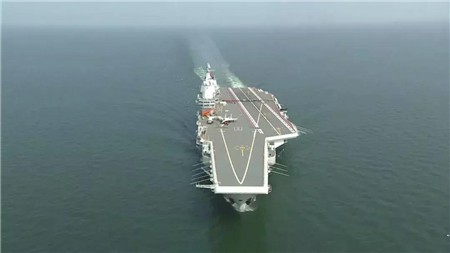
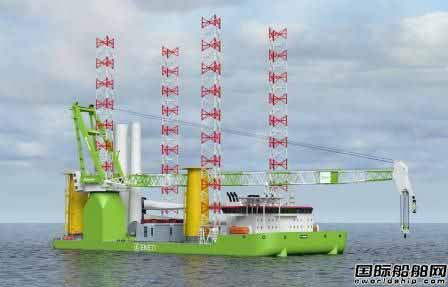
As the world's first bulk carrier giant to enter the offshore wind power market, Eneti officially finalized the first order after the rebranding and transformation, and spent 330 million US dollars (approximately 2.13 billion yuan) to build the first wind turbine installation vessel at Daewoo Shipbuilding. After testing the water for the first time, Eneti has set its sights on the emerging US offshore wind power market.
Eneti and Daewoo Shipbuilding signed 1+1 WTIV construction contract
On May 11, Monaco shipowner Eneti (formerly Scorpio Bulkers) announced that it had signed a 1+1 offshore wind turbine installation vessel (WTIV) construction contract with Daewoo Shipbuilding. The new ship is expected to be delivered in the third quarter of 2024 at a cost of 368.2 billion won (about 330 million US dollars).
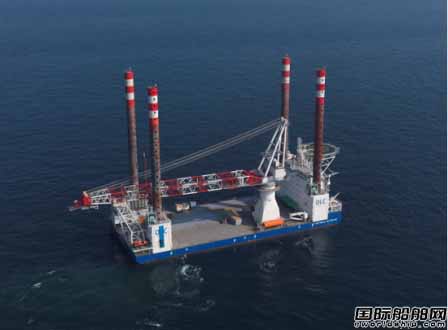
This WTIV will adopt the "NG-16000X" design developed by the Dutch engineering company GustoMSC, with a total length of 148 meters and a width of 56 meters. It will be equipped with a 2600-ton Huisman Equipment 1500 leg surround crane (LEC), which can carry 5 at a time. A large-scale offshore wind turbine of 14~15 MW, installed at a height of 18 meters above sea level, can install a maximum of 20 MW turbines at a water depth of up to 65 meters. The ship uses 7 power units and GPS systems to determine the correct position at the installation site, and install the lifting pile legs after sinking and fixing on the seabed. In addition, the ship can also adapt to alternative fuel operations such as LNG or ammonia.
Eneti announced its entry into the renewable energy market in August last year and announced plans to introduce offshore wind power installation vessels. At that time, the company signed a letter of intent for the construction of 1+3 WTIV with Daewoo Shipbuilding. Since then, through the successive sale of funds obtained from its bulk carriers, Eneti has stepped up the negotiation with Daewoo Shipbuilding for the construction of wind turbine installation vessels.
It is worth mentioning that the latest WTIV order is worth US$330 million, which is much higher than the US$265-290 million when Eneti and Daewoo Shipbuilding signed the letter of intent last year. It is speculated that the cost of construction last week was mainly due to the upgrade of ships including crane specifications, as well as the increase in steel prices and the appreciation of the Korean won against the U.S. dollar.
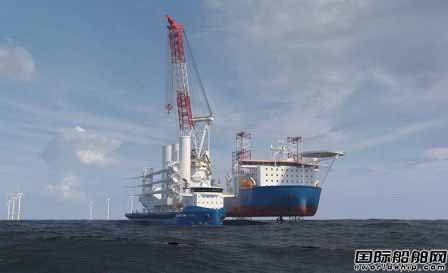
Emanuele A Lauro, Chairman and CEO of Eneti, said: "Since August last year, we have tried to enter the field of offshore wind turbine installation. The contract signed with Daewoo Shipbuilding is an important milestone for the company, reflecting the fact that we have been with the supply chain The results of the work of multiple partners including manufacturers, new and existing customers, and shipyards. This new ship will have advanced lifting capacity and energy efficiency, which is what offshore wind power development companies need in the current and next decade."
People in the South Korean industry said that as environmental issues such as global warming and inhalable particulate matter have become the focus of the industry in recent years, attention and investment in renewable energy are increasing. In particular, the offshore wind power market has not only the fastest growth, but also has a large-scale development from less than 10 megawatts to more than 10 megawatts. According to these trends, the demand for large offshore wind turbine installation vessels will continue to increase.
The Korean industry said that Eneti selected Daewoo Shipbuilding as its first shipyard to build a new WTIV because of its technical capabilities. Daewoo Shipbuilding's technical capabilities in the field of offshore wind power installation vessels have been universally recognized by the international industry. In 2009, Daewoo Shipbuilding received an order for WTIV from the German gas supply company RWEI. The ship is the world's first platform-type WTIV, which has attracted the attention of the industry.
The Jones Act WTIV will be tailored to meet the needs of the U.S. offshore wind power market
In addition to Daewoo Shipbuilding's order, Eneti is currently negotiating with several US shipyards, hoping to order the Jones Act WTIV to meet the high demand for wind turbine transportation and installation capacity on the US continental shelf.
Foreign media believe that Eneti reserved only one candidate ship in the formal order with Daewoo Shipbuilding, instead of the three in the original letter of intent, which may reflect the company's further increased attention to Jones Act ships.
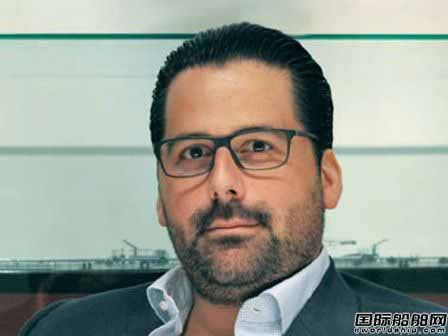
Previously, the Biden administration had promised to expand the U.S. offshore wind power capacity to 30 gigawatts by 2030, and the construction of a WTIV that complies with the Jones Act is considered to be the key to achieving this goal.
As of now, there is no Jones Act WTIV in operation in the United States. The only Jones Act WTIV has just been laid on the keel of Keppel AmFELS in December last year. The new ship will be named "Charybdis", the delivery time is scheduled for 2023, and the cost is as high as 450 million U.S. dollars. After completion, it will become one of the world's largest wind power installation ships.
Since there is no WTIV that complies with the Jones Act, the first large-scale offshore wind power project in the United States, Vineyard Wind, will have to use Jones Act feeder ships to cooperate with overseas-flagged installation vessels to bypass Jones Act requirements. This is the solution proposed by the US government in December last year.
Emanuele A. Lauro pointed out: "We are laying the foundation for WTIV in compliance with the Jones Act to meet U.S. requirements for offshore wind power development. The call for safe, efficient, U.S.-built, and U.S.-managed WTIV assets is becoming louder and louder. And it’s becoming clearer. We are committed to providing our customers with the most advanced solutions that enable them to comply with the Jones Act when bringing renewable energy to American consumers."
It is understood that Scorpio Bulkers, the predecessor of Eneti, was established in 2013 and made its initial public offering on the New York Stock Exchange in the same year. At the beginning of its establishment, Scorpio Bulkers expressed ambition to build the world's largest dry bulk fleet, and ordered 63 bulk carriers in China and South Korea shipyards. However, due to continuous losses in performance, Scorpio Bulkers began to change orders and sell ships to cash out.
Before signing the WTIV letter of intent with Daewoo Shipbuilding last summer, Scorpio Bulkers operated 52 bulk carriers including 47 leased bulk carriers and 5 Kamsarmax bulk carriers. The company is also the world’s first large-scale transformation of the renewable energy market. Bulk carrier. In February of this year, Scorpio Bulkers officially changed its name to "Eneti Inc." and completely withdrew from the field of dry bulk transportation.
According to industry analysis, Scorpio Bulkers changed its company name to Eneti in order to adjust its existing dry bulk transportation business, focus on promoting the new generation of offshore wind turbine installation vessel business, and strengthen the company's overall strategy. The intention is By changing the company name, increase the company's new business and brand awareness.
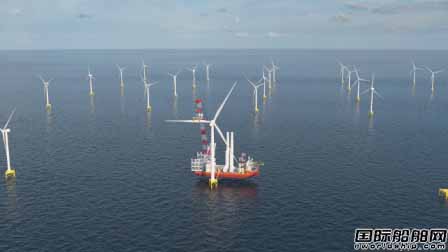
Eneti believes that offshore wind power is a time-tested technology and an important opportunity to respond to global emission reduction challenges. It is estimated that the compound annual growth rate of this market in the next ten years will exceed 15%. Larger and more advanced ships are needed to transport turbine blades, towers and related equipment; on the other hand, ships that can install and maintain the core of next-generation wind turbines The shortage is getting worse.
Taixing Expansion Marine Equipment (EME) is the professional designer, manufacturer and exporter of mooring winch, positioning winch, towing winch, anchor winch, diesel winch, electric windlass, hydraulic windlass, diesel windlass, electric capstan, hydraulic capstan, pneumatic capstan etc. Our products are mainly for scientific research vessel, navy vessel, working barge, tug, cargo vessel, oil tanker, offshore platform etc.
